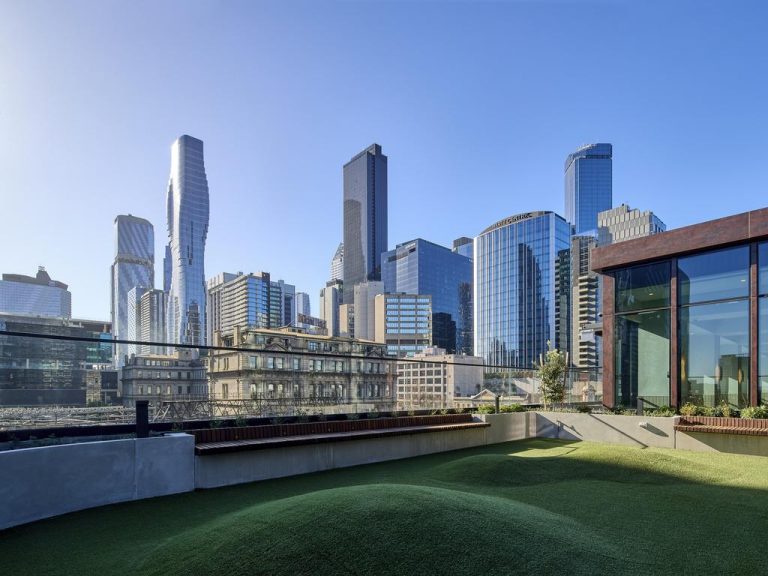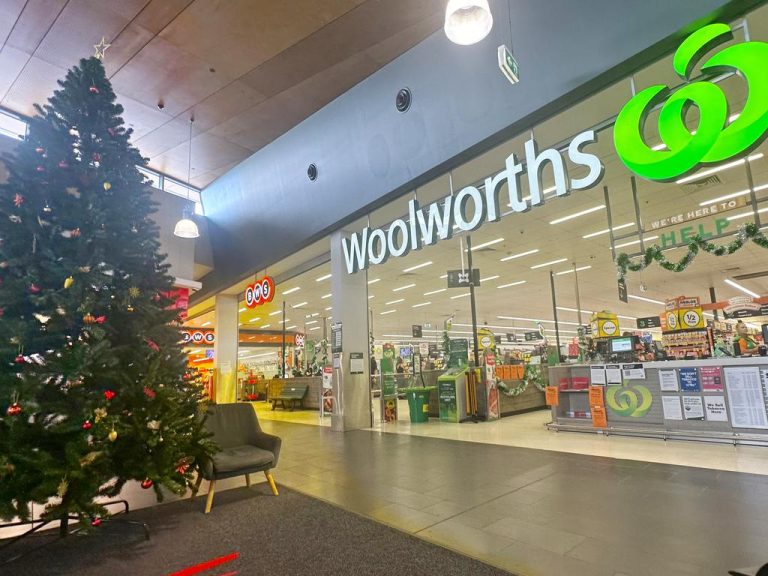Interest rate rises to have little bearing on industrial market

Buyer demand for industrial and office assets is likely to remain strong despite Australia’s first interest rate rises in more than a decade, experts say.
With investor appetite for industrial assets increasing faster than supply, which has driven up values, the sector will prove to be quite resilient, PropTrack economist Anne Flaherty said.
“Sectors like the retail sector – that have been really hard hit over the two years – they’ve continued to see higher vacancy rates,” she said.
“I think that what we are seeing is a shift away from riskier commercial property types towards more resilient, you know like your industrial, childcare centres, your service stations, that have a lower risk and higher rent growth.
“So I think those things, like retail, are likely to be more impacted by higher interest rates than those more in-demand commercial property types.”
CBRE NSW capital markets office state director James Parry said an ongoing flight to quality by tenants would continue to drive investor demand for higher grade office buildings in sought-after locations.
“In many instances, tenants are paying substantially higher rents to secure better quality space, with a view to encouraging staff to return to the office, where productivity and collaboration is generally improved,” he said.
“This will underpin ongoing investor interest in better quality buildings with excellent transport links.”
LJ Hooker Southern Gold Coast commercial property specialist Tara Imlach said industrial and retail investments will remain strong, with some offices likely to be affected.
However, this was dependent on a mix of factors, including the economy and how business was going to be run in the future – mobile or from home
“Development land or sites with potential upside will remain strong to supply issues, vacant industrial property will also remain strong with little to no impact,” she said.
Investors exploring their options
Overall, the impact of the rate rises has seen many investors maintaining the same required returns on their investments, Mr Parry said, and given increases in the cost of debt, they were now working out the best way to achieve this.
“In some cases, they’re using less debt [lower loan-to-value ratios] and in some instances no debt at all,” he said.
“Others are opting for variable interest rates, which are currently much cheaper, with an expectation that the increase in interest rates is temporary and anticipated to reduce in 2023-2024.
“Notwithstanding this, some investors do require a combination of higher loan-to-value-ratios and fixed interest rates, and for these investors it will be more difficult to achieve their required returns.”
Ms Flaherty said with all else being equal, higher interest rates will put downward pressure on values but at the same time, there was enormous stock market volatility.
“There is a lot of capital looking for something to invest in [and] real estate is an attractive and more stable option,” she said.
“So, we could even see more people looking to invest in real estate and that increased competition would also help to counteract the impact of higher interest rates.”
Read more:
Commercial Property Loans
Business Loans
Warehouse Loans
Borrower caution
Meanwhile, Darren Beatty head of real estate finance for ING Australia’s Wholesale Bank, said wholesale bank clients were currently approaching the commercial real estate market with an increased level of discretion.
“The clients are monitoring the interest rate outlook closely as markets have moved with velocity over the past three months,” he said.
“Inflation, input prices and the increased cost of capital are all topics which occupy many discussions.
“As the market continues to evolve this may provide opportunities for those that have capital ready to deploy and can take a long term view, whilst others may choose to wait patiently for the market to settle”.







